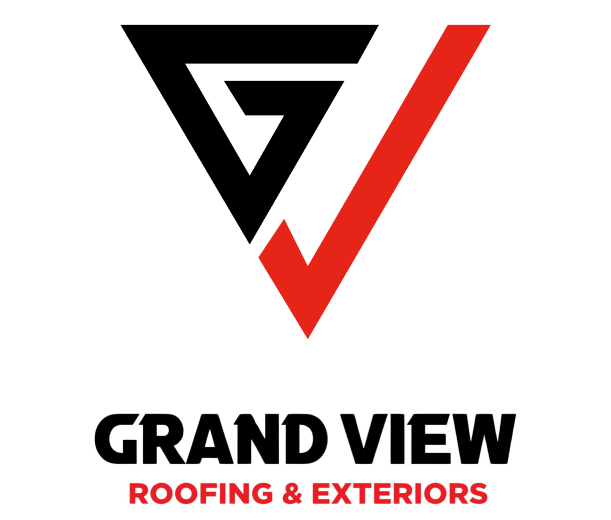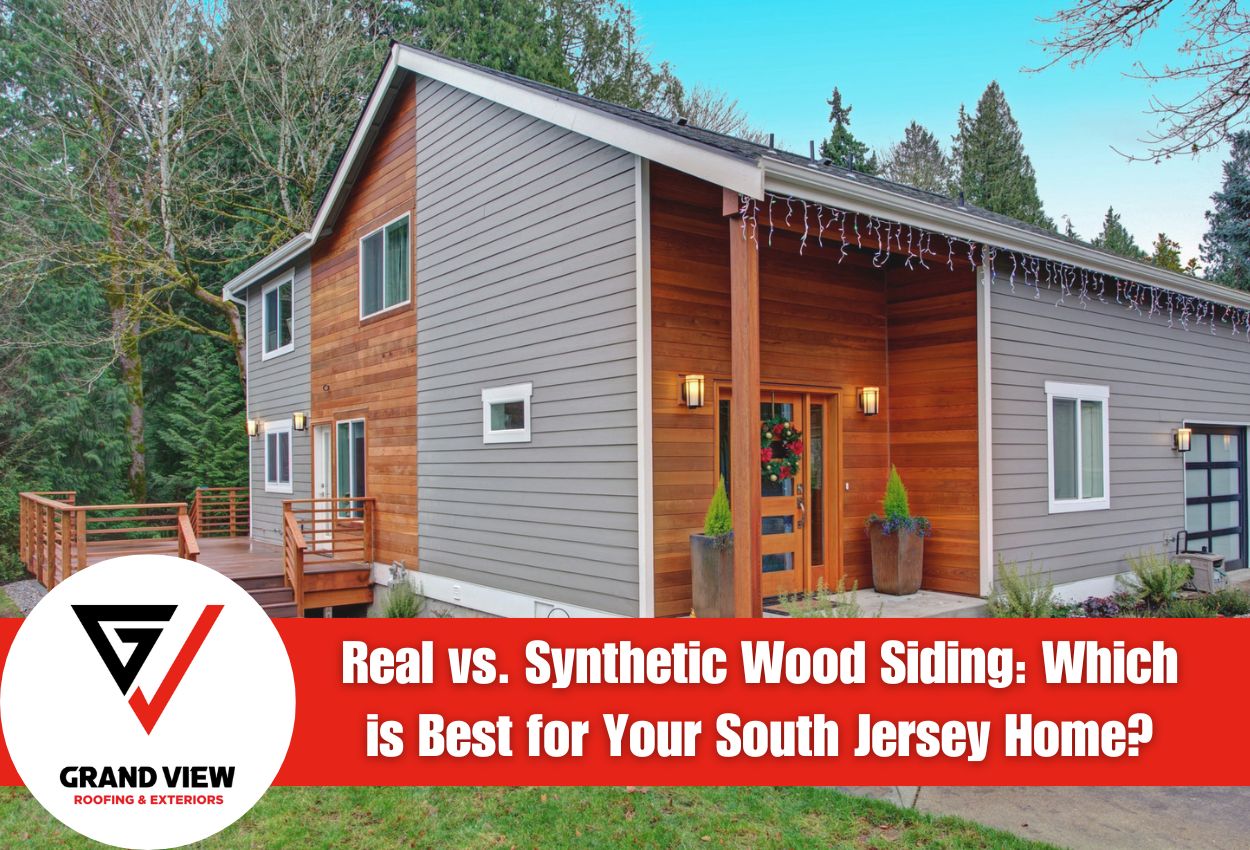Selecting the right siding material stands as one of the most significant decisions South Jersey homeowners face during exterior renovations. The choice between real wood siding and synthetic alternatives impacts not only your home’s appearance but also its long-term performance against the region’s coastal climate. Natural wood offers timeless beauty and authentic charm that many homeowners desire, while engineered options like fiber cement and composite materials promise extended durability with minimal upkeep.
South Jersey’s humidity, salt air, and seasonal temperature fluctuations can stress exterior materials. Traditional wood siding delivers unmatched curb appeal and can increase property values in historic neighborhoods, but requires consistent maintenance to prevent moisture damage. Synthetic wood siding has evolved dramatically, now mimicking authentic wood grain while offering superior weather resistance and reduced maintenance requirements.
Understanding the differences between real wood siding and synthetic alternatives helps homeowners choose a material that balances curb appeal with long-term durability. Each siding material has advantages regarding installation complexity, insulation properties, and long-term value. For South Jersey properties, the right choice depends on factors including architectural style, budget parameters, desired lifespan, and personal maintenance preferences.
Durability and Lifespan: How Real Wood and Synthetic Siding Stand Up Over Time
When it comes to withstanding South Jersey’s challenging climate, natural wood siding faces more hurdles. Exposure to humidity, salt air from the shore, and seasonal weather fluctuations can cause untreated wood to warp, crack, and rot within 10 to 15 years. Even with regular maintenance, including painting, staining, and sealing every few years, traditional wood siding typically lasts 20 to 30 years before major repairs or complete replacement become necessary. Cedar and redwood offer better natural resistance to moisture and insects, but still require vigilant upkeep to maintain their integrity.
In comparison, synthetic options have remarkable resilience against coastal conditions. Vinyl siding withstands salt air exposure for 20 to 40 years with minimal fading when properly installed. Fiber-cement siding, which is popular among Jersey Shore homeowners, resists moisture, fire, and insect damage with a lifespan exceeding 50 years. Engineered wood combines real wood fibers with resins to create products that resist rot, decay, and termites while maintaining authentic wood texture. These composite options typically come with warranties ranging from 30 to 50 years, significantly outlasting natural wood.
In general, synthetic siding materials consistently outperform natural wood in longevity tests, especially for oceanfront properties where salt spray and high winds accelerate weathering of traditional materials.
Maintenance Reality Check: What Homeowners Need to Know
Natural wood siding needs a vigilant maintenance schedule that many South Jersey homeowners underestimate. In our humid coastal climate, wood requires painting or staining every three to five years, with more frequent treatments for homes closer to the shoreline where salt air accelerates deterioration. In addition to surface treatments, wood siding needs regular inspections for warping boards, popped nails, and water infiltration points. When damage occurs, repairs must happen promptly to prevent moisture from compromising structural elements beneath the siding.
On the other hand, synthetic alternatives offer remarkable convenience. Fiber-cement siding typically requires repainting only every 7 to 10 years and resists the mold and mildew that frequently attack wood in South Jersey’s humid conditions. Vinyl, engineered wood, and composite products need occasional cleaning with a garden hose or soft washer to maintain their appearance.
The maintenance differential translates directly to long-term ownership costs. While wood siding’s initial installation might seem more affordable, the cumulative expense of decades of maintenance often exceeds the higher upfront investment in weather-resistant synthetic alternatives. For busy homeowners, the time saved on maintenance is another benefit of choosing engineered wood siding options that deliver durability without the constant upkeep requirements.
Environmental Considerations: Sustainability and Carbon Footprint
When evaluating siding options through an environmental lens, both natural and synthetic materials have ecological considerations. When harvested responsibly, real wood siding has impressive sustainability. Cedar and pine siding from certified forests are renewable resources that sequester carbon throughout their lifecycle. After decades of service, wood siding biodegrades naturally without contributing to landfill problems. The production process for natural wood typically requires less energy than synthetic alternatives, resulting in a smaller carbon footprint during manufacturing.
Synthetic siding materials have a more complex environmental profile. Vinyl siding production involves petroleum-based processes that generate concerning emissions, though modern manufacturing has improved efficiency. Fiber cement creates substantial dust during production and installation, but its exceptional durability means fewer replacement cycles. Engineered wood products repurpose manufacturing waste and fast-growing timber species, making efficient use of resources while delivering enhanced performance.
South Jersey homeowners increasingly factor environmental impact into renovation decisions. For those prioritizing sustainability, engineered wood siding offers an appealing middle ground – combining the renewable aspects of wood with the durability of synthetics. When properly installed, these advanced materials provide decades of protection while minimizing resource consumption through reduced maintenance needs and extended replacement intervals. The environmental equation ultimately balances material sourcing, manufacturing processes, lifespan, and end-of-life considerations.
Weather Resilience: Performance in South Jersey’s Climate
South Jersey’s humid summers, coastal storms, and freeze-thaw cycles in winter mean homeowners need siding that can withstand these conditions year after year. As mentioned above, real wood siding, while beautiful, faces significant challenges in South Jersey’s environment. The high summer humidity can cause wood to expand and contract, potentially leading to warping and cracking over time. During coastal storms, traditional wood siding may absorb moisture, making it susceptible to rot and fungal growth. Winter’s freeze-thaw cycles can further stress wood fibers, accelerating deterioration, particularly for older installations.
Synthetic alternatives like fiber cement and engineered wood composites demonstrate superior resilience to these regional weather patterns. These materials resist moisture absorption during heavy rains and high humidity. Their stability prevents the warping that often affects natural wood in fluctuating temperatures. Many modern synthetic options are specifically engineered to withstand salt spray from coastal areas, making them well-suited for homes closer to the Jersey Shore.
The most weather-resistant siding options incorporate technologies like moisture barriers and UV-resistant finishes that specifically address South Jersey’s climate challenges, providing protection that requires less intervention during extreme weather.
Aesthetic Authenticity: Balancing Traditional and Modern Appeal
Natural wood siding delivers a visual warmth and character that many South Jersey homeowners find irreplaceable. Cedar showcases rich amber tones and distinctive grain patterns that develop a silvery patina over time, while pine offers lighter hues with prominent knot patterns that complement Colonial and Craftsman homes throughout the region. The dimensional variations in real wood create subtle shadow lines that change throughout the day, giving homes a dynamic appearance that synthetic materials struggle to replicate.
Modern synthetic alternatives have made remarkable strides in mimicking authentic wood. Today’s fiber-cement products feature deep embossing techniques that replicate wood grain with impressive accuracy, though they lack the natural variation found in real timber. Engineered wood siding combines actual wood fibers with resins to create products with authentic texture while offering expanded color options that maintain their appearance without fading. These synthetic options typically maintain their original look longer, while natural wood develops character through weathering.
For historic South Jersey neighborhoods, authenticity often becomes the deciding factor, with natural wood maintaining traditional architectural integrity. However, modern developments increasingly embrace high-performance synthetics that deliver the classic wood look without the maintenance concerns. When selecting between these options, consider how the material will complement your home’s architectural style and the surrounding neighborhood while providing the performance you need.
Finding the Perfect Siding Solution for Your Needs
When choosing between real and synthetic wood siding, start by honestly considering your tolerance for regular maintenance. Are you willing to commit to regular upkeep for natural wood’s authentic beauty, or do you prefer the convenience of low-maintenance synthetics? Your home’s architectural style should influence your decision, as certain historic or craftsman designs may benefit from traditional wood, while contemporary homes often pair beautifully with advanced engineered alternatives.
Consider your neighborhood as well. In historic South Jersey communities, natural wood might maintain your home’s character and property value, while in newer developments, high-performance synthetics have become the expected standard. Your timeline matters too: how long do you plan to stay in your home? Longer-term residents often benefit from investing in premium fiber cement or engineered wood despite higher initial costs.
For practical next steps, homeowners can request material samples to see how different siding options look against their home in various lighting conditions. Schedule consultations with South Jersey siding specialists who understand our region’s specific climate challenges. The ideal siding solution balances your aesthetic preferences, maintenance capacity, budget constraints, and your home’s exposure to coastal weather conditions. Weather-resistant options like fiber cement excel in our region, offering a wood-like appearance with superior durability.
Discover the Best Siding for Your South Jersey Home with Grand View Roofing & Exteriors
Choosing the right siding for your home is crucial for both curb appeal and long-term durability, especially in South Jersey. Whether you prefer the authentic charm of real wood or the low-maintenance benefits of synthetic alternatives, Grand View Roofing & Exteriors offers expert guidance and installation services tailored to your needs. It’s important to understand the impact of each option on your home’s value and curb appeal, and how they stand up to the regional weather challenges.
For a siding solution that combines quality, efficiency, and style, contact Grand View Roofing & Exteriors today at (856) 305-9883. Let us help you choose siding that enhances your home’s beauty and withstands the test of time.





 Call Us Today - (856) 305-9883
Call Us Today - (856) 305-9883 
